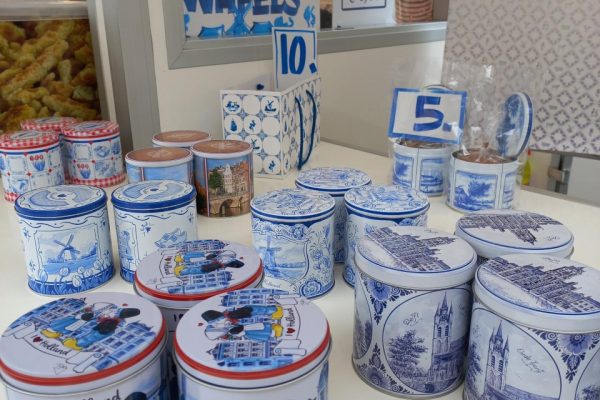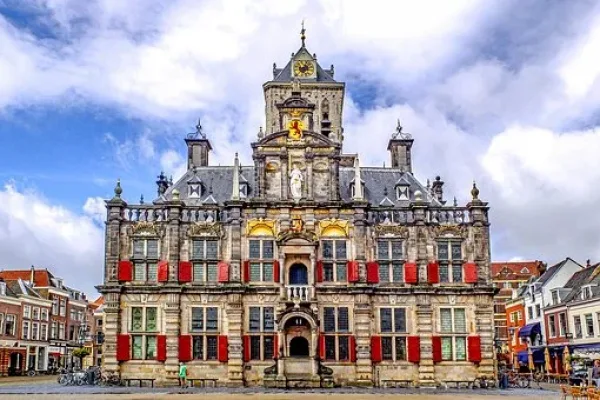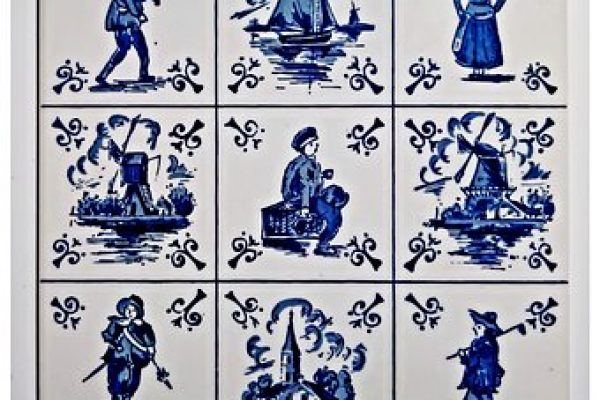About Delft
Delft is the city of Delftware, of William of Orange and of Johannes Vermeer. It’s a small, modern city with a historic heart. We will share the stories of Delft. William of Orange, the predecessor of our current King, lived in the Prinsenhof. In 1584 he was murdered and buried in the New Church in Delft. Members of our Royal House of Orange are still buried in that church. During the 17th century Delft discovered Chinese porcelain, succeeded to imitate it and became known for its beautiful blue/white or multicoloured earthenware. Delft was home to Vermeer, the 17th century painter who made ‘View of Delft’. In the second half of the 19th century new factories formed an important impulse for the economy. Nowadays Delft profiles itself as a technical and creative city. If you ask a Dutchman about Delft he will immediately come up with the Technical University. In Museum Prinsenhof and the New Church you may learn even more about the House of Orange and royal weddings.


Delft – Walk
The small-scale, well preserved old city centre can easily be visited during a walk. You will see the market square dating from medieval times, the beautiful town hall, the Prinsenhof, once residence of William of Orange, the leaning tower of the Old Church and charming numerous canals. We even will see Delft blue earthenware outside! And why do we see a medieval fish market where the sea is about 10 miles away? Let’s find out during our walk!

to be informed

1,5 - 2 hrs.

25 max*
Delft – Bike
Delft by bike certainly includes the historic city centre. In the second half of the 19th century new factories formed an important impulse for the economy. We will visit the Agnetapark, one of the first – now listed – villaparks with housing for staff of those factories: a charming discovery! Would you like to discover the exact spot from where Vermeer painted his famous View on Delft?
If you would like to include a visit to a Delft blue factory ask me prior to your visit for details on price and time schedule.

To be informed

1,5-2 hrs.

15 max*






